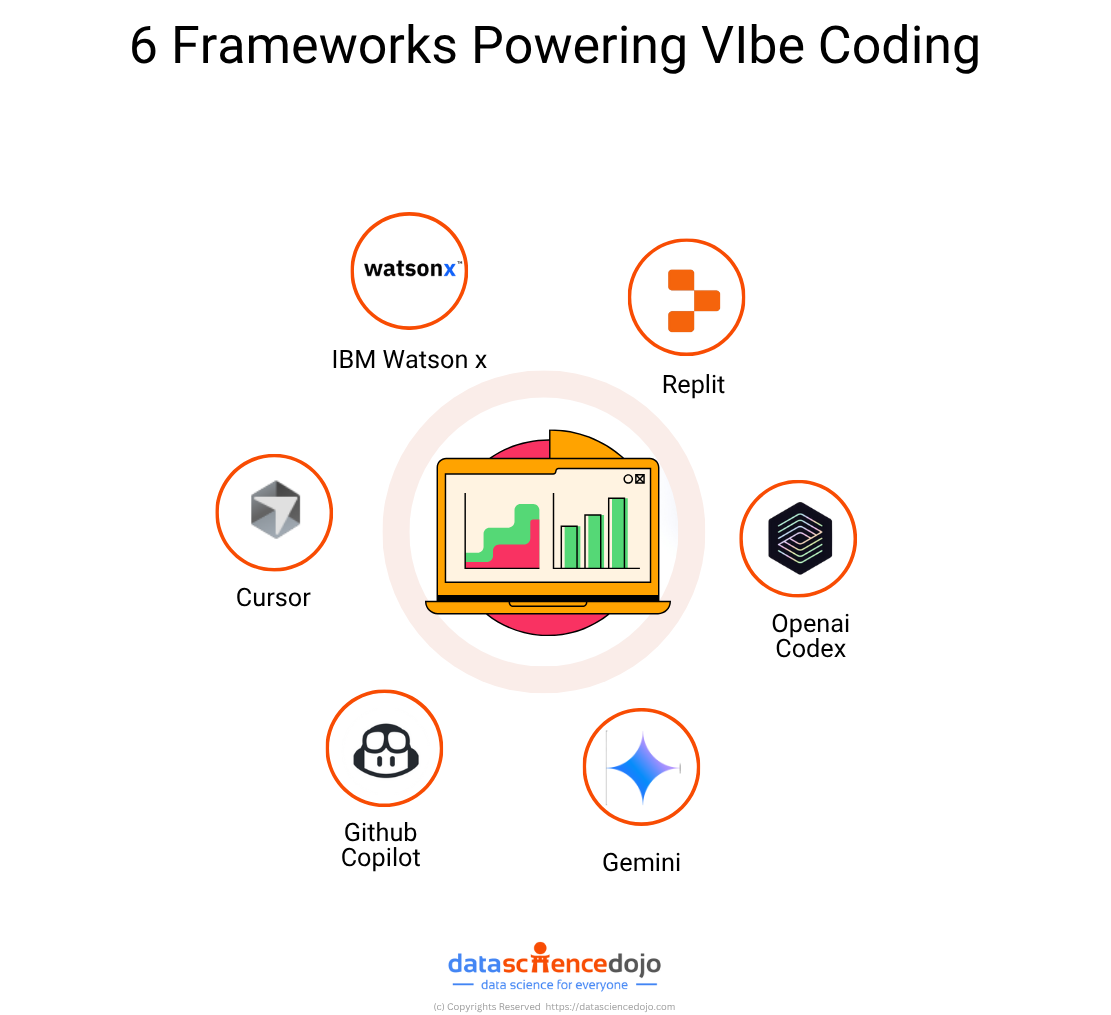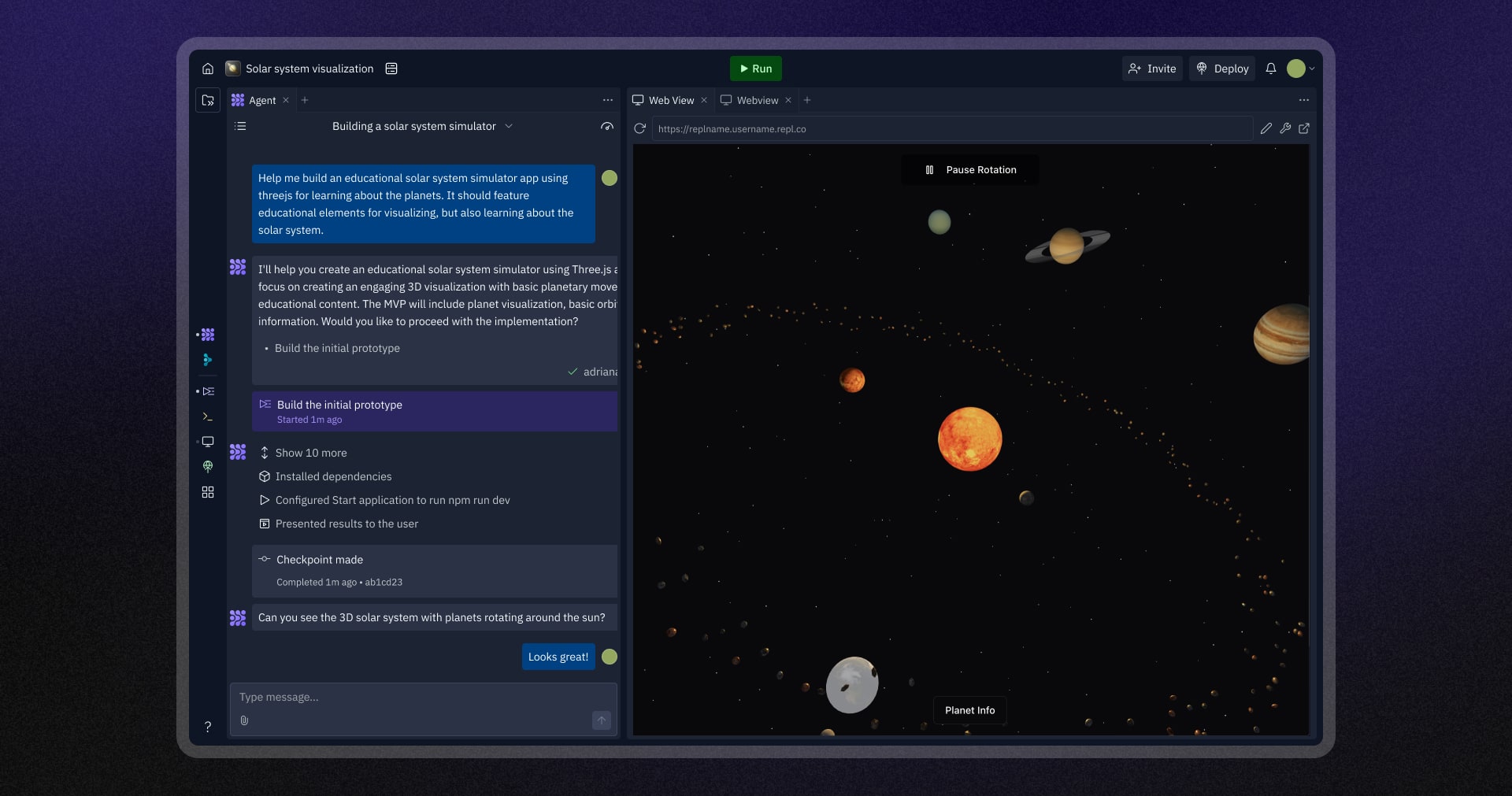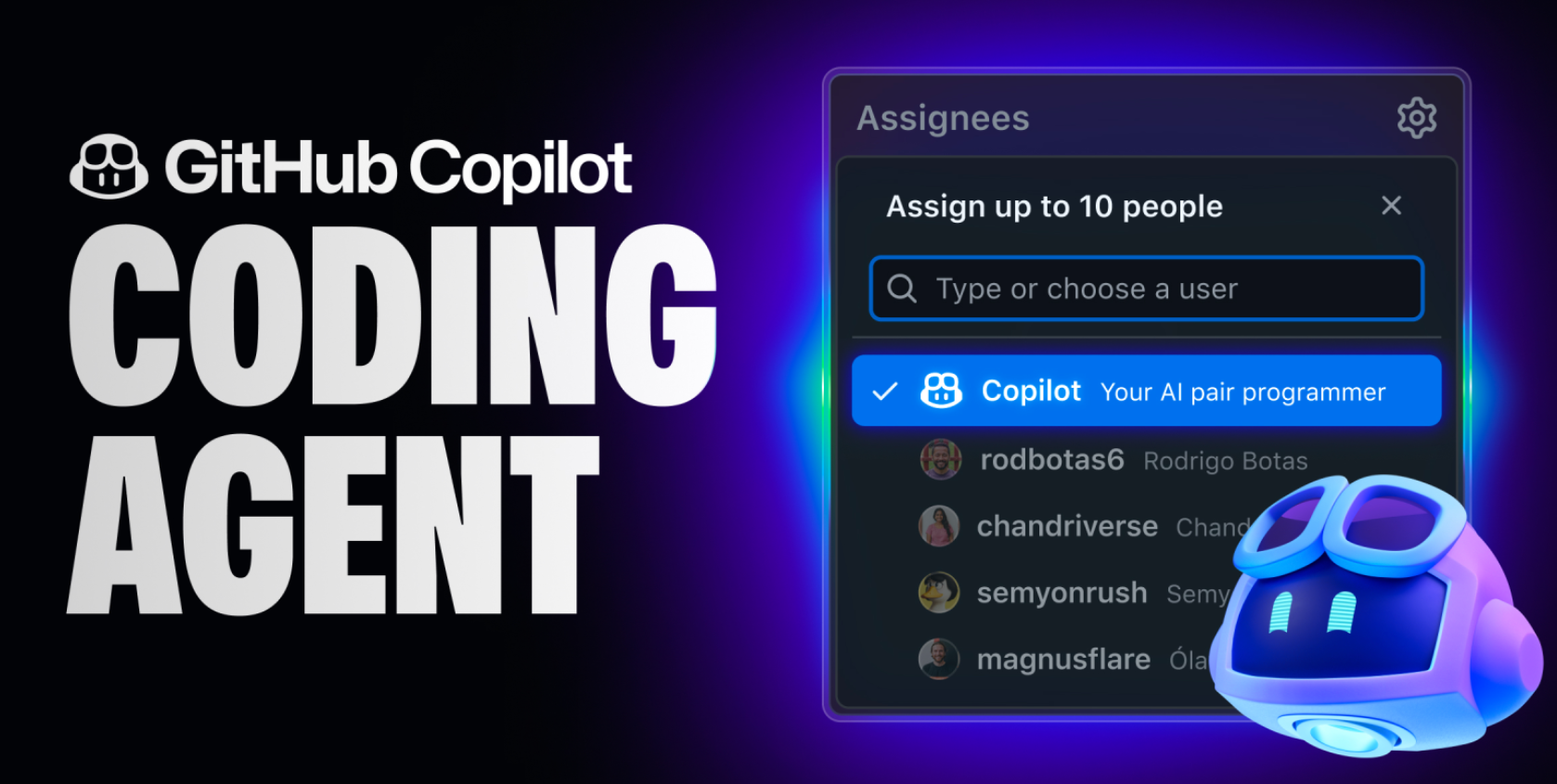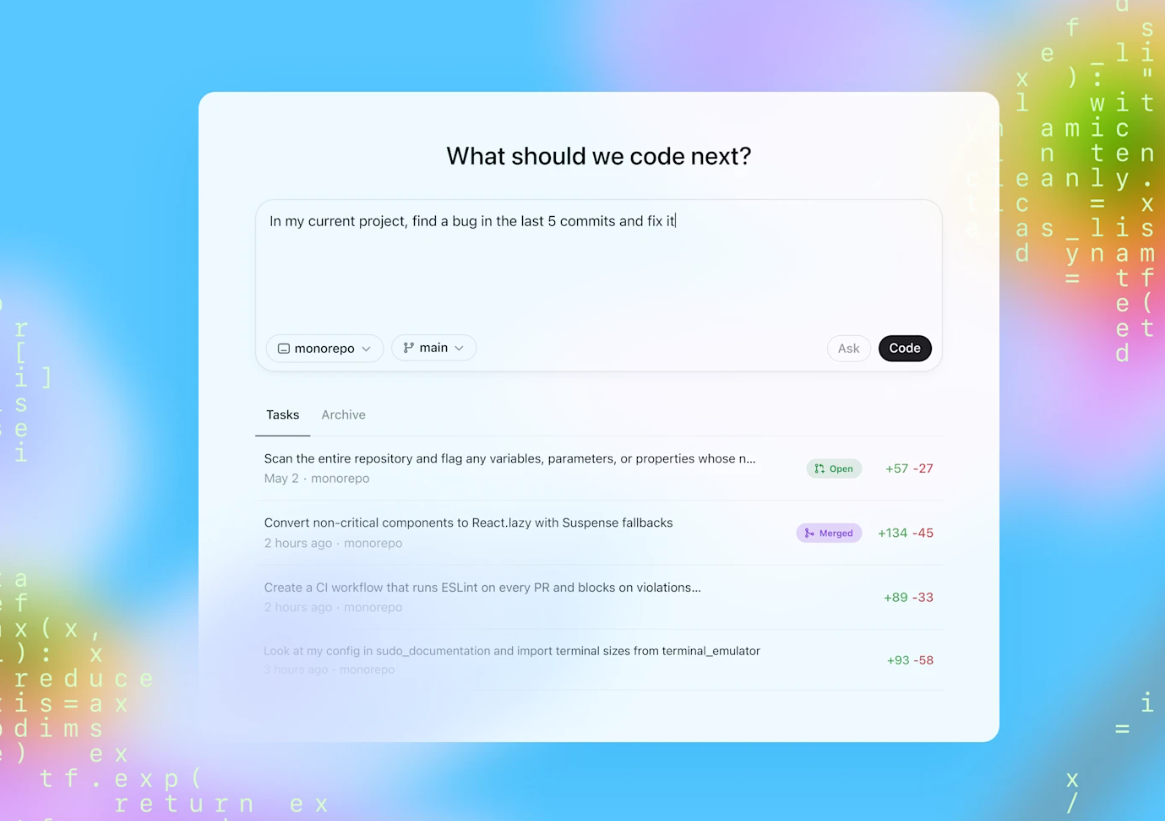Replit is transforming how developers, data scientists, and educators code, collaborate, and innovate. Whether you’re building your first Python script, prototyping a machine learning model, or teaching a classroom of future programmers, Replit’s cloud-based IDE and collaborative features are redefining what’s possible in modern software development.
What’s more, Replit is at the forefront of agentic coding—enabling AI-powered agents to assist with end-to-end development tasks like code generation, debugging, refactoring, and context-aware recommendations. These intelligent coding agents elevate productivity, reduce cognitive load, and bring a new level of autonomy to the development process.
In this comprehensive guide, we’ll explore what makes Replit a game-changer for the data science and technology community, how it empowers rapid prototyping, collaborative and agentic coding, and why it’s the go-to platform for both beginners and professionals.
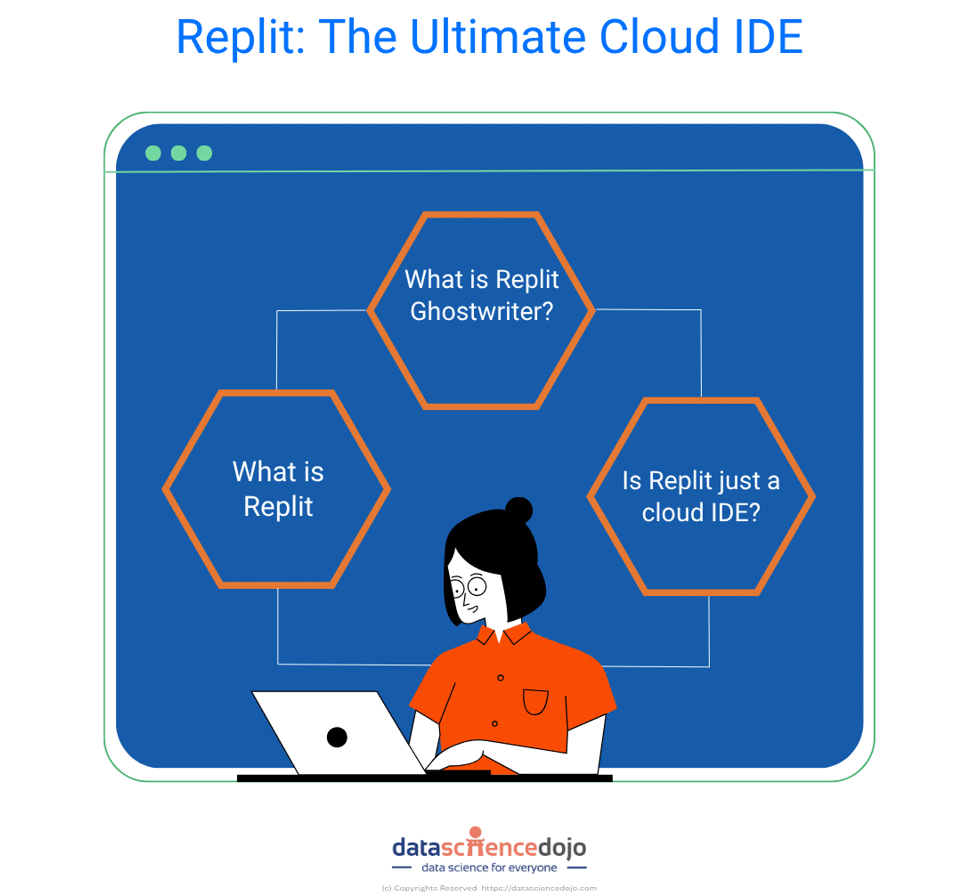
What is Replit?
Replit is a cloud-based integrated development environment (IDE) that allows users to write, run, and share code directly from their browser. Supporting dozens of programming languages—including Python, JavaScript, Java, and more—Replit eliminates the need for complex local setups, making coding accessible from any device, anywhere.
At its core, Replit is about collaborative coding, rapid prototyping, and increasingly, agentic coding. With the integration of AI-powered features like Ghostwriter, Replit enables developers to go beyond autocomplete—supporting autonomous agents that can understand project context, generate multi-step code, refactor intelligently, and even debug proactively. This shift toward agentic workflows allows individuals, teams, classrooms, and open-source communities to build, test, and deploy software not just quickly, but with intelligent assistance that evolves alongside the codebase.
For more on vibe coding and AI-driven development, check out The Ultimate Guide to Vibe Coding
Why Replit Matters for Data Science and Technology
The rise of cloud IDEs is reshaping the landscape of software development and data science. Here’s why:
-
Accessibility:
No installation required—just open your browser and start coding.
-
Collaboration:
Real-time code sharing and editing, perfect for remote teams and classrooms.
-
Rapid Prototyping:
Instantly test ideas, build MVPs, and iterate without friction.
-
Education:
Lower the barrier to entry for new programmers and data scientists.
-
Integration:
Seamlessly connect with GitHub, APIs, and data science libraries.
For data scientists, it offers a Python online environment with built-in support for popular libraries, making it ideal for experimenting with machine learning, data analysis, and visualization.
Key Features of Replit
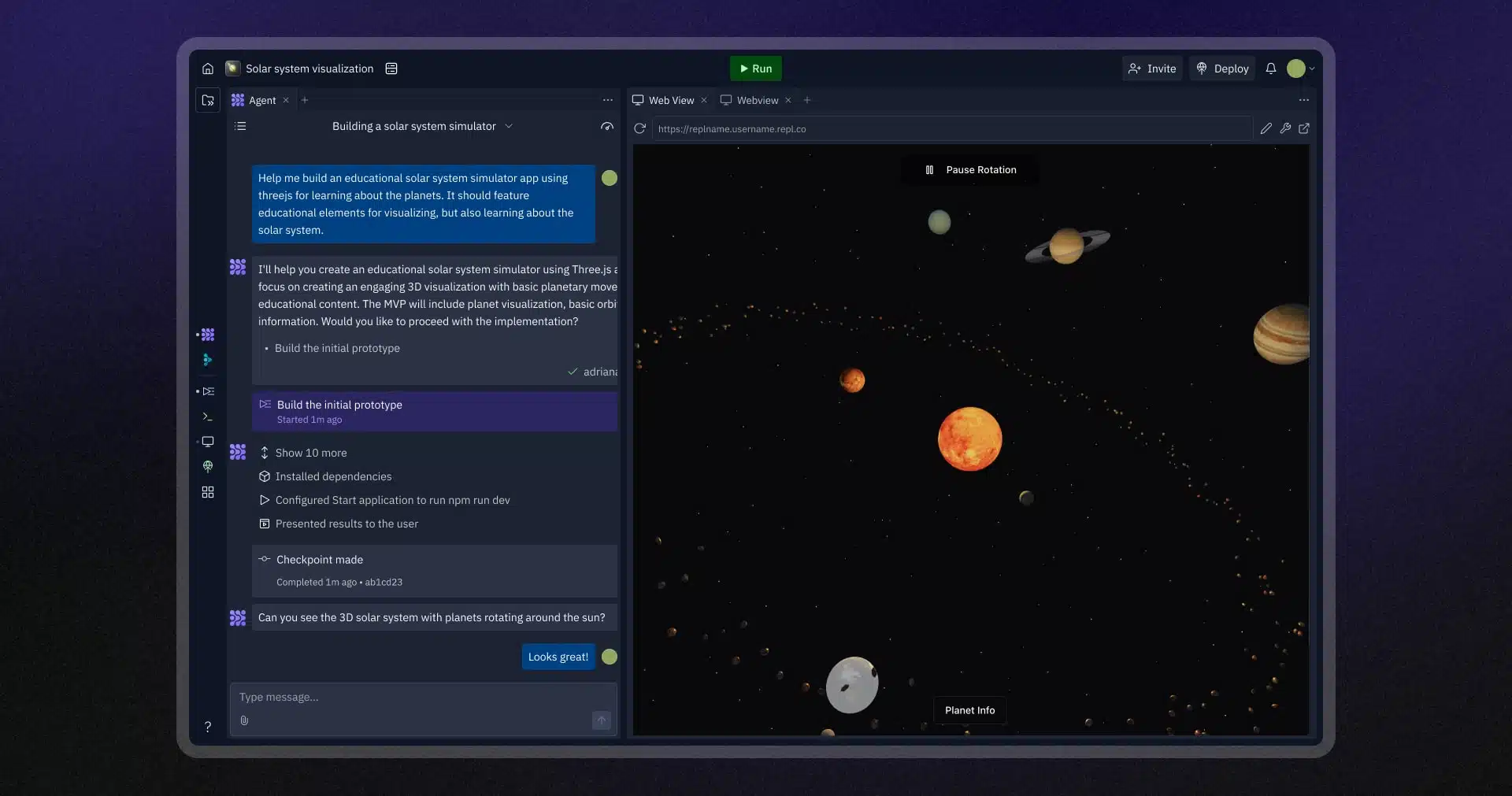
1. Cloud IDE
Replit’s cloud IDE supports over 50 programming languages. Its intuitive interface includes a code editor, terminal, and output console—all in your browser. You can run code, debug, and visualize results without any local setup.
2. Collaborative Coding
Invite teammates or students to your “repl” (project) and code together in real time. See each other’s cursors, chat, and build collaboratively—no more emailing code files or dealing with version conflicts.
3. Instant Hosting & Deployment
Deploy web apps, APIs, and bots with a single click. Replit provides instant hosting, making it easy to share your projects with the world.
4. AI Coding Assistant: Ghostwriter
Replit’s Ghostwriter is an AI-powered coding assistant that helps you write, complete, and debug code. It understands context, suggests improvements, and accelerates development—especially useful for data science workflows and rapid prototyping.
5. Templates & Community Projects
Start from scratch or use community-contributed templates for web apps, data science notebooks, games, and more. Explore, fork, and remix projects to learn and innovate.
6. Education Tools
Replit for Education offers classroom management, assignments, and grading tools, making it a favorite among teachers and students.
Getting Started: Your First Project
-
Sign Up:
Create a free account at replit.com.
-
Create a Repl:
Choose your language (e.g., Python, JavaScript) and start a new project.
-
Write Code:
Use the editor to write your script or application.
-
Run & Debug:
Click “Run” to execute your code. Use the built-in debugger for troubleshooting.
-
Share:
Invite collaborators or share a public link to your project.
Tip: For data science, select the Python template and install libraries like pandas, numpy, or matplotlib using the built-in package manager.
Collaborative Coding: Real-Time Teamwork in the Cloud
Replit’s collaborative features are a game-changer for remote teams, hackathons, and classrooms:
-
Live Editing:
Multiple users can edit the same file simultaneously.
-
Chat & Comments:
Communicate directly within the IDE.
-
Version Control:
Track changes, revert to previous versions, and manage branches.
-
Code Sharing:
Share your project with a link—no downloads required.
This makes Replit ideal for pair programming, code reviews, and group projects.
Replit Ghostwriter: AI Coding Assistant for Productivity
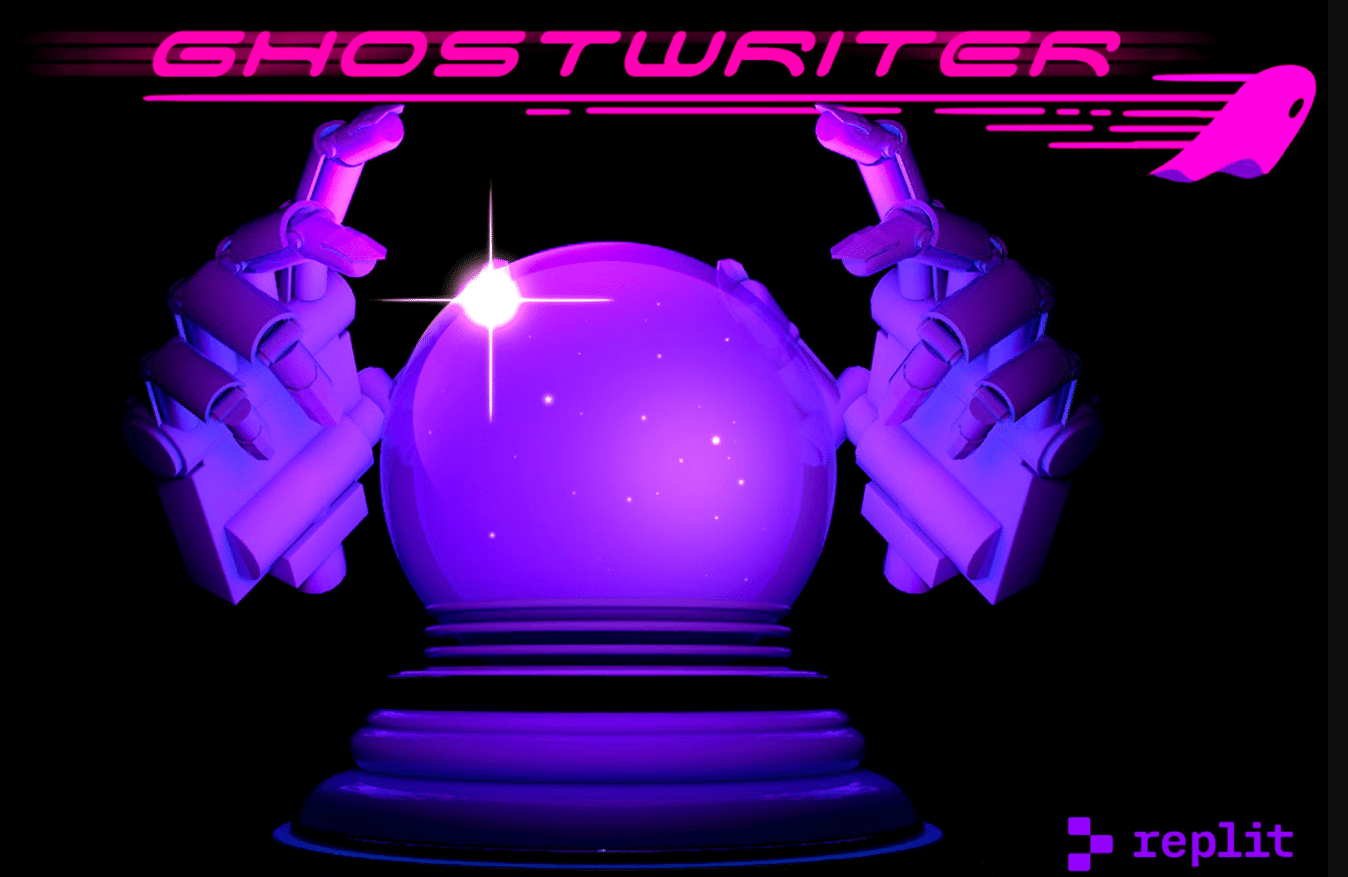
Ghostwriter is Replit’s built-in AI coding assistant, designed to boost productivity and learning:
-
Code Completion:
Suggests code as you type, reducing syntax errors.
-
Bug Detection:
Highlights potential issues and suggests fixes.
-
Documentation:
Explains code snippets and APIs in plain language.
-
Learning Aid:
Great for beginners learning new languages or frameworks.
Ghostwriter leverages the latest advances in AI and large language models, similar to tools like GitHub Copilot, but fully integrated into the Replit ecosystem.
Replit for Education: Empowering the Next Generation
Replit is revolutionizing education technology by making coding accessible and engaging:
-
Classroom Management:
Teachers can create assignments, monitor progress, and provide feedback.
-
No Setup Required:
Students can code from Chromebooks, tablets, or any device.
-
Interactive Learning:
Real-time collaboration and instant feedback foster active learning.
-
Community Support:
Access to tutorials, challenges, and a global network of learners.
Educators worldwide use Replit to teach Python, web development, data science, and more.
Integrating Replit with Data Science Workflows
For data scientists and analysts, Replit offers:
-
Python Online:
Run Jupyter-like notebooks, analyze data, and visualize results.
-
Library Support:
Install and use libraries like pandas, scikit-learn, TensorFlow, and matplotlib.
-
API Integration:
Connect to external data sources, APIs, and databases.
-
Rapid Prototyping:
Test machine learning models and data pipelines without local setup.
Example: Build a machine learning model in Python, visualize results with matplotlib, and share your findings—all within Replit.
Open-Source, Community, and Vibe Coding
Replit is at the forefront of the vibe coding movement—using natural language and AI to turn ideas into code. Its open-source ethos and active community mean you can:
- Fork & Remix: Explore thousands of public projects and build on others’ work.
- Contribute: Share your own templates, libraries, or tutorials.
- Learn Prompt Engineering: Experiment with AI-powered coding assistants and prompt-based development.
Limitations and Best Practices
While Replit is powerful, it’s important to be aware of its limitations:
- Resource Constraints: Free accounts have limited CPU, memory, and storage.
- Data Privacy: Projects are public by default unless you upgrade to a paid plan.
- Package Support: Some advanced libraries or system-level dependencies may not be available.
- Performance: For large-scale data processing, local or cloud VMs may be more suitable.
Best Practices:
- Use Replit for prototyping, learning, and collaboration.
- For production workloads, consider exporting your code to a local or cloud environment.
- Always back up important projects.
Frequently Asked Questions (FAQ)
Q1: Is Replit free to use?
Yes, Replit offers a generous free tier. Paid plans unlock private projects, more resources, and advanced features.
Q2: Can I use Replit for data science?
Absolutely! Replit supports Python and popular data science libraries, making it ideal for analysis, visualization, and machine learning.
Q3: How does Replit compare to Jupyter Notebooks?
Replit offers a browser-based coding environment with real-time collaboration, instant hosting, and support for multiple languages. While Jupyter is great for notebooks, Replit excels in collaborative, multi-language projects.
Q4: What is Ghostwriter?
Ghostwriter is Replit’s AI coding assistant, providing code completion, bug detection, and documentation support.
Q5: Can I deploy web apps on Replit?
Yes, you can deploy web apps, APIs, and bots with a single click and share them instantly.
Conclusion & Next Steps
Replit is more than just a cloud IDE—it’s a platform for collaborative coding, rapid prototyping, and AI-powered development. Whether you’re a data scientist, educator, or developer, this AI powered cloud IDE empowers you to build, learn, and innovate without barriers.
Ready to experience the future of coding?
- Sign up at replit.com and start your first project.
- Explore Data Science Dojo’s blog for more tutorials on cloud IDEs, AI coding assistants, and data science workflows.
- Dive deeper into vibe coding and prompt engineering.

